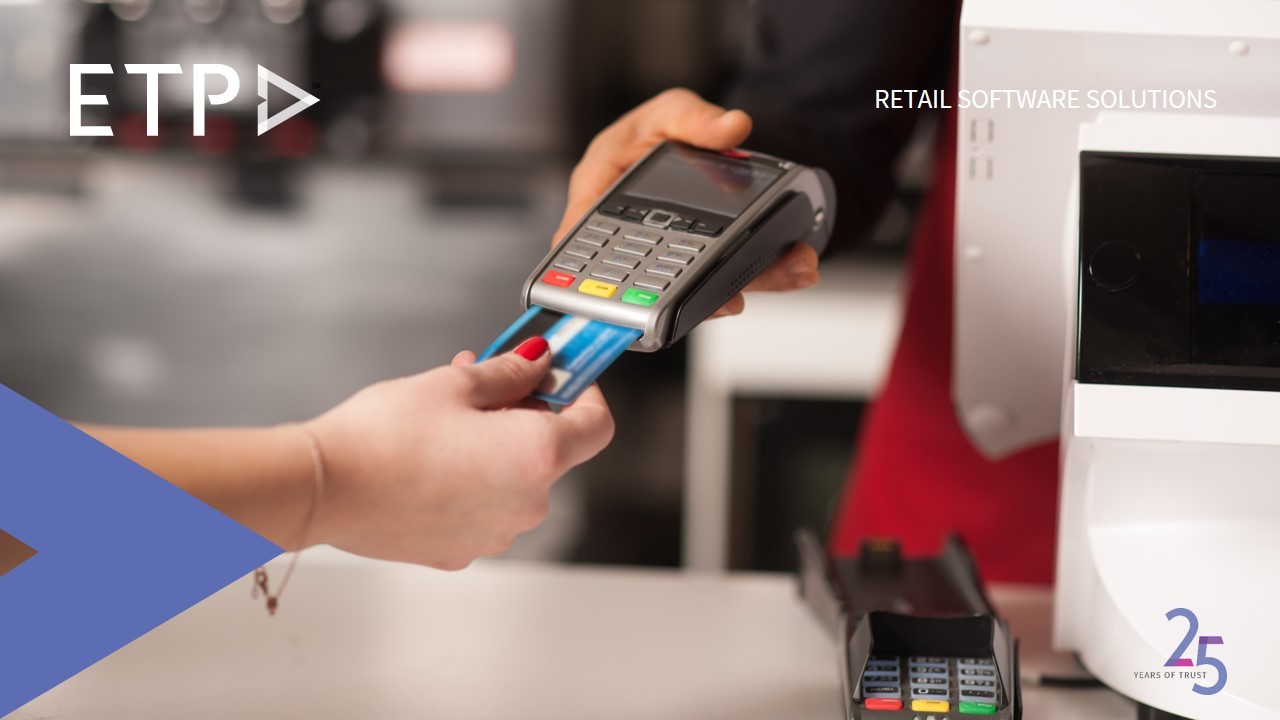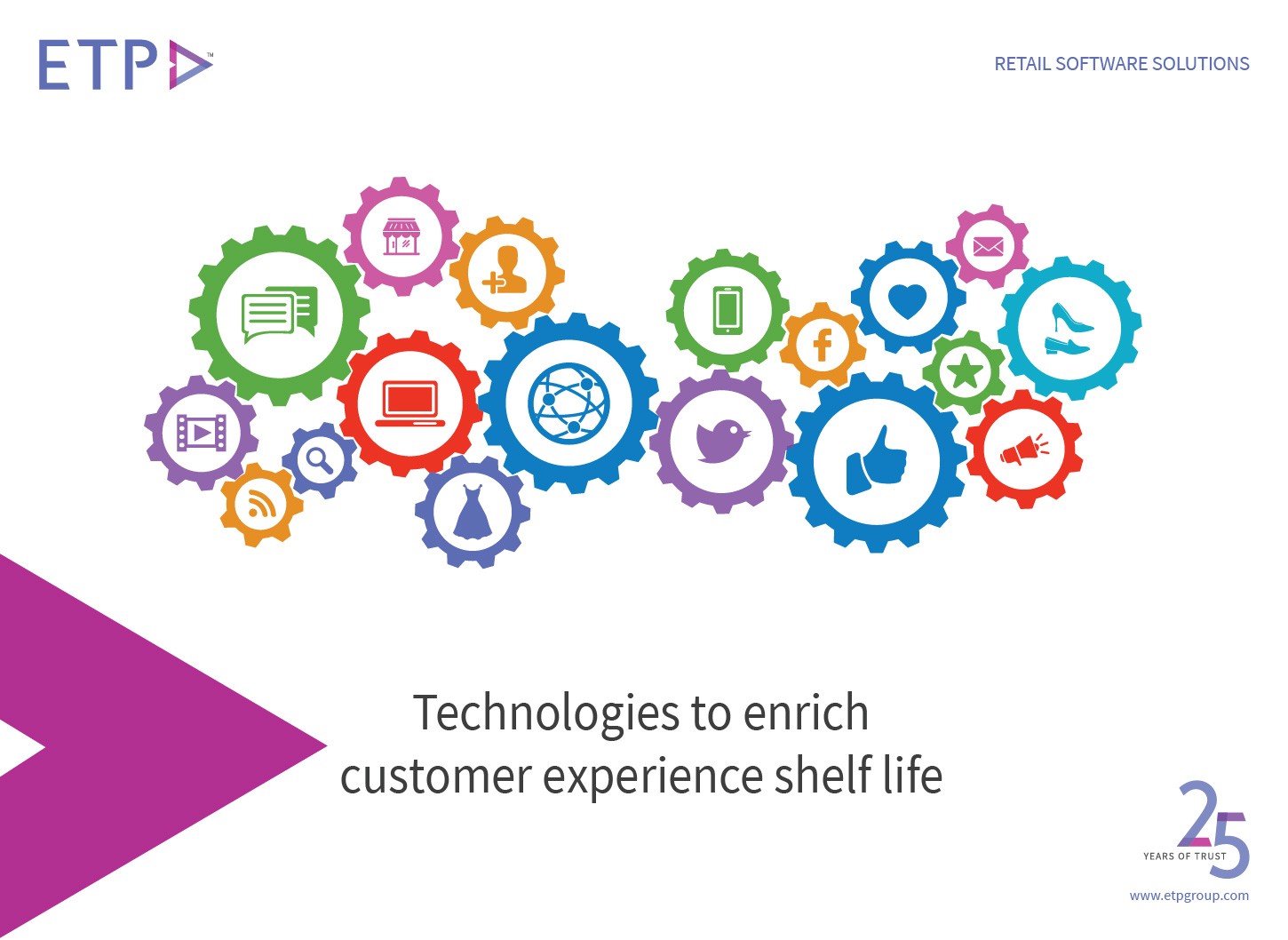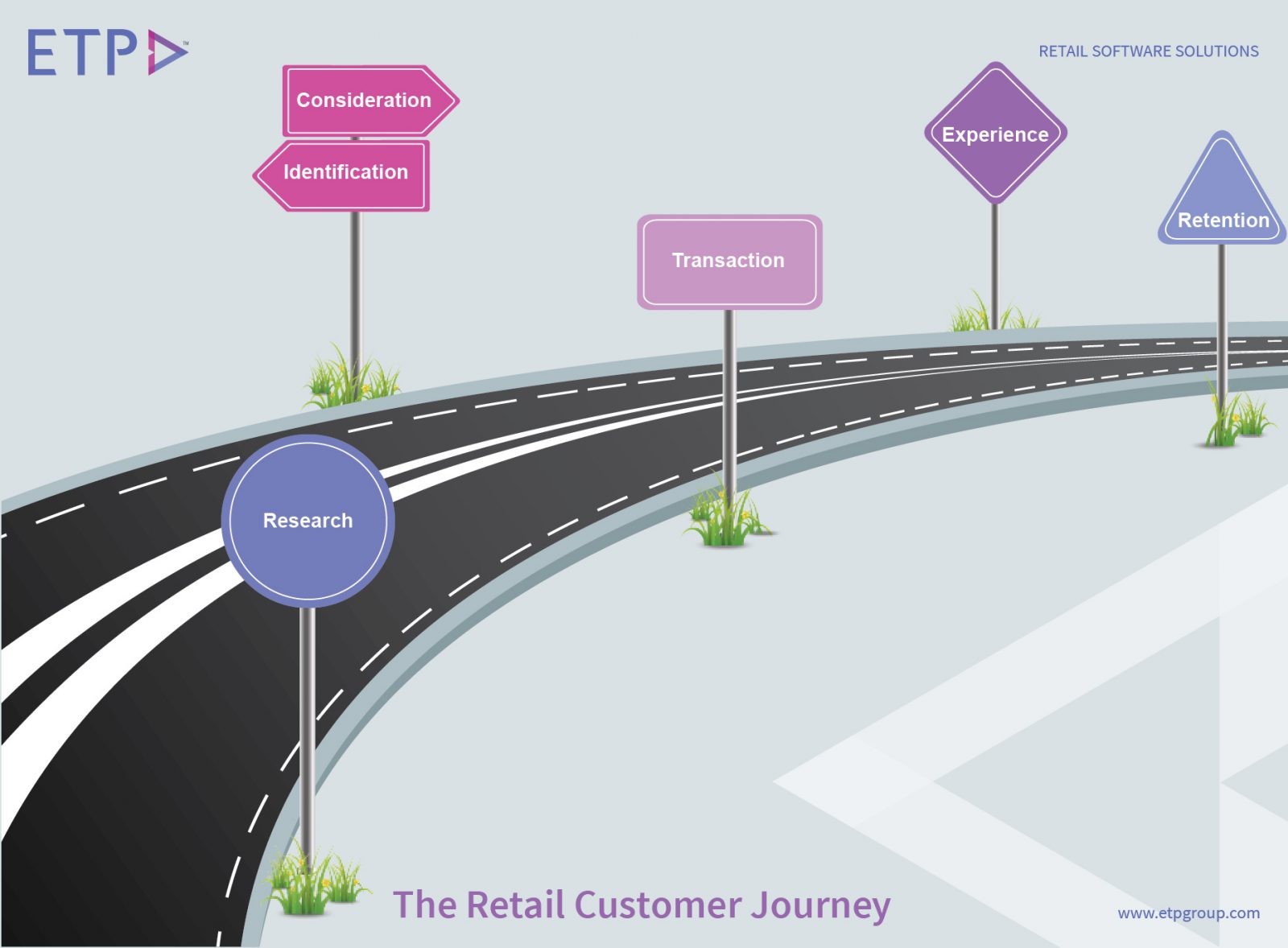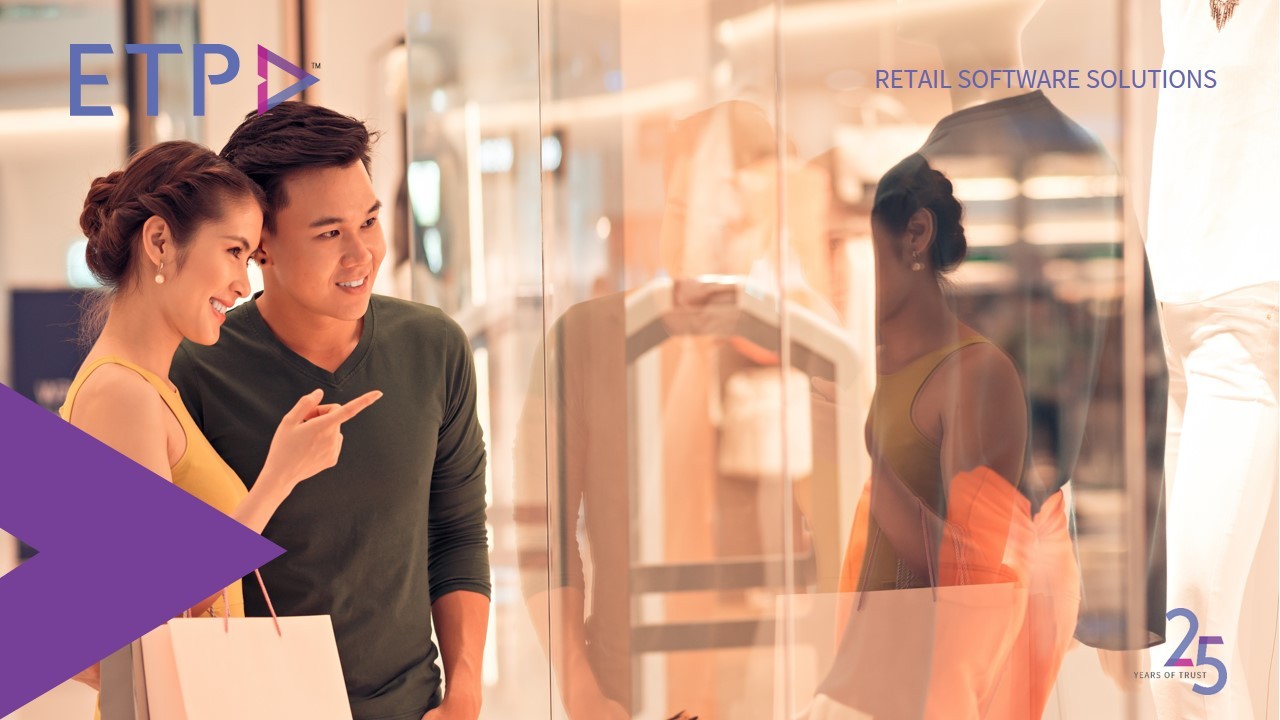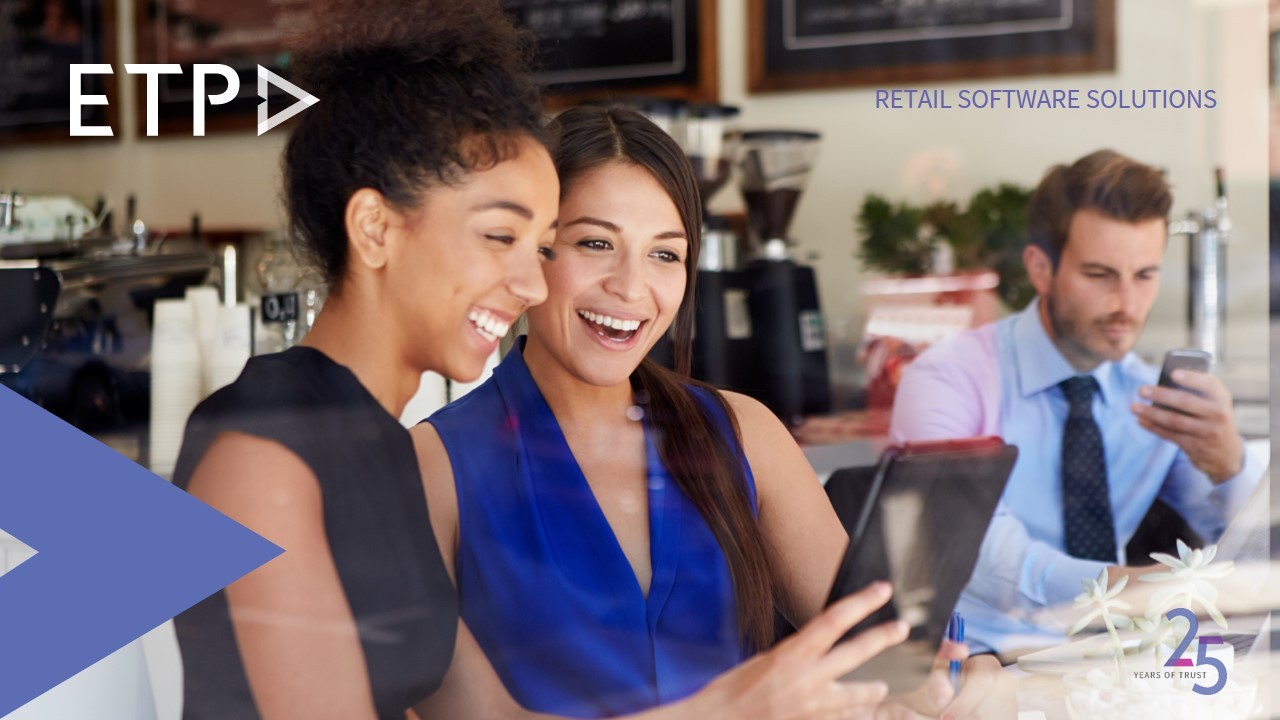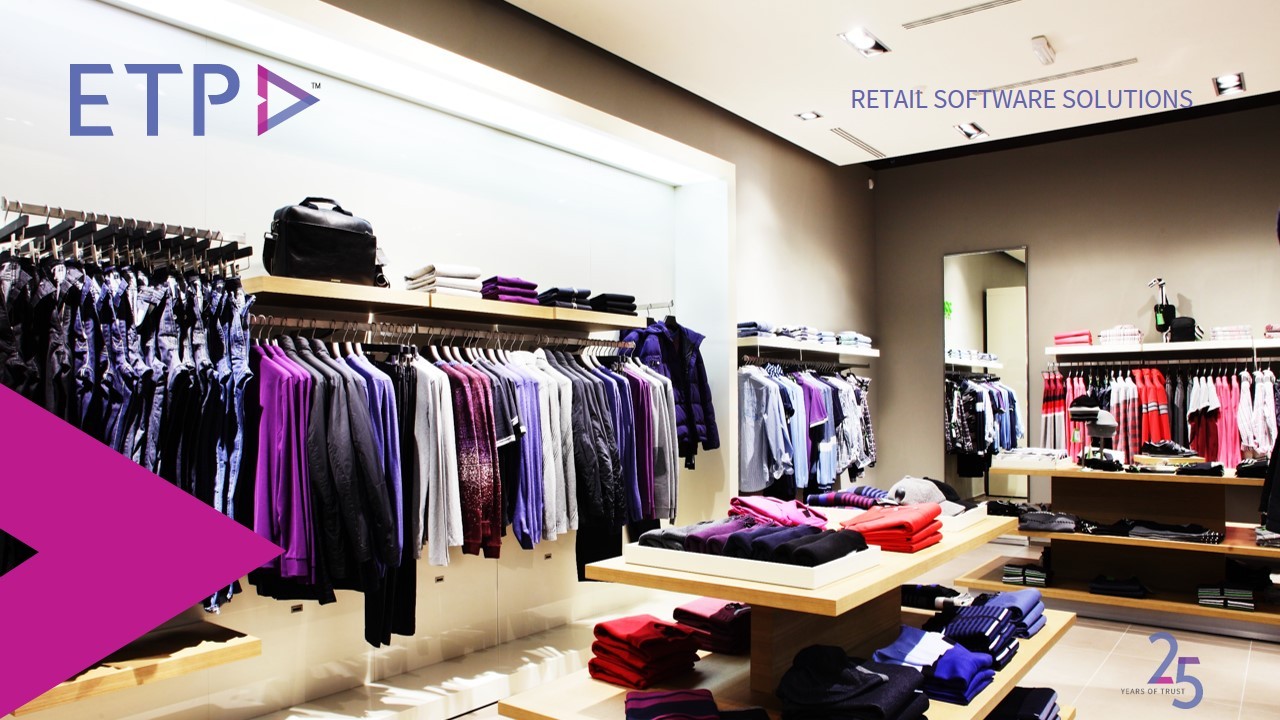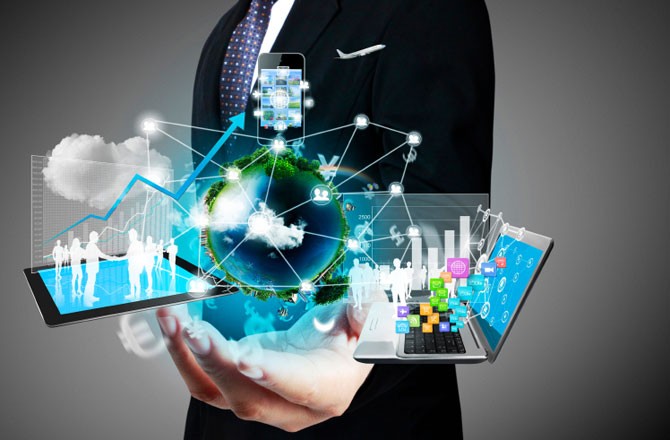Retail has been transformed by technology – driving greater personalization for consumers, more conversions for retailers, and more traffic on multiple retail channels. Omni-channel retailing has become the norm in the industry and customers expect access to retail brands through multiple channels, at their convenience. Omni channel retail solutions continue to grow further as customers embrace emerging technology and its multiple access points. Your omni-channel presence and perceptivity, and not just your product, make or break your brand image today.
Customers expect a uniform and meaningful experience across all retail channels and instant connectivity to retail brands regardless of how and when they connect with the physical stores. They expect retailers to know what they want and how they like to make their purchases. Shopper expectations identified in an recent IBM survey showed 59 percent of shoppers want retailers to demonstrate that they “understand” them, 64 percent expect retailers to know what products they like, 61 percent want retailers to know the types of offers they prefer, and 59 percent want retailers to tell them when frequently purchased items are going on sale. Further, 54 percent said they expect retailers to know if they are new or returning customers, and 53 percent want retailers to maintain a cross-channel history of all purchases so they can receive personalized offers.
Thus, the need of the hour for retailers is to get closer to the customers through all channels, offline and online. Retailers need to drive traffic to the brick-and-mortar stores and e-commerce platforms simultaneously. Marketing campaigns must be aligned to the right retail channel with the right message at the right time and right price. Customer data can be used to provide predictive analytics for a strong promotions foundation. Incorporating integrated technology allows enterprises to explore successful offerings that link online and physical shopping.
Omni channel retail solutions such as the ETP V5 are fundamentally integrated with omni-channel capabilities that simplify business processes and offer retailers the power to create highly targeted, immensely effective and easily measurable marketing promotions; thus, allowing retailers to determine their return on investment (ROI) and improve their bottom line.
ETP V5 Omni channel retail software solutions comprise of the omni-channel store solutions, omni-channel promotions planning, omni-channel merchandise planning and omni-channel business analytics.
Also Read: Omni-Channel Success: Engaging With Customers In A Consistent, Personalized Way Across All Channels

